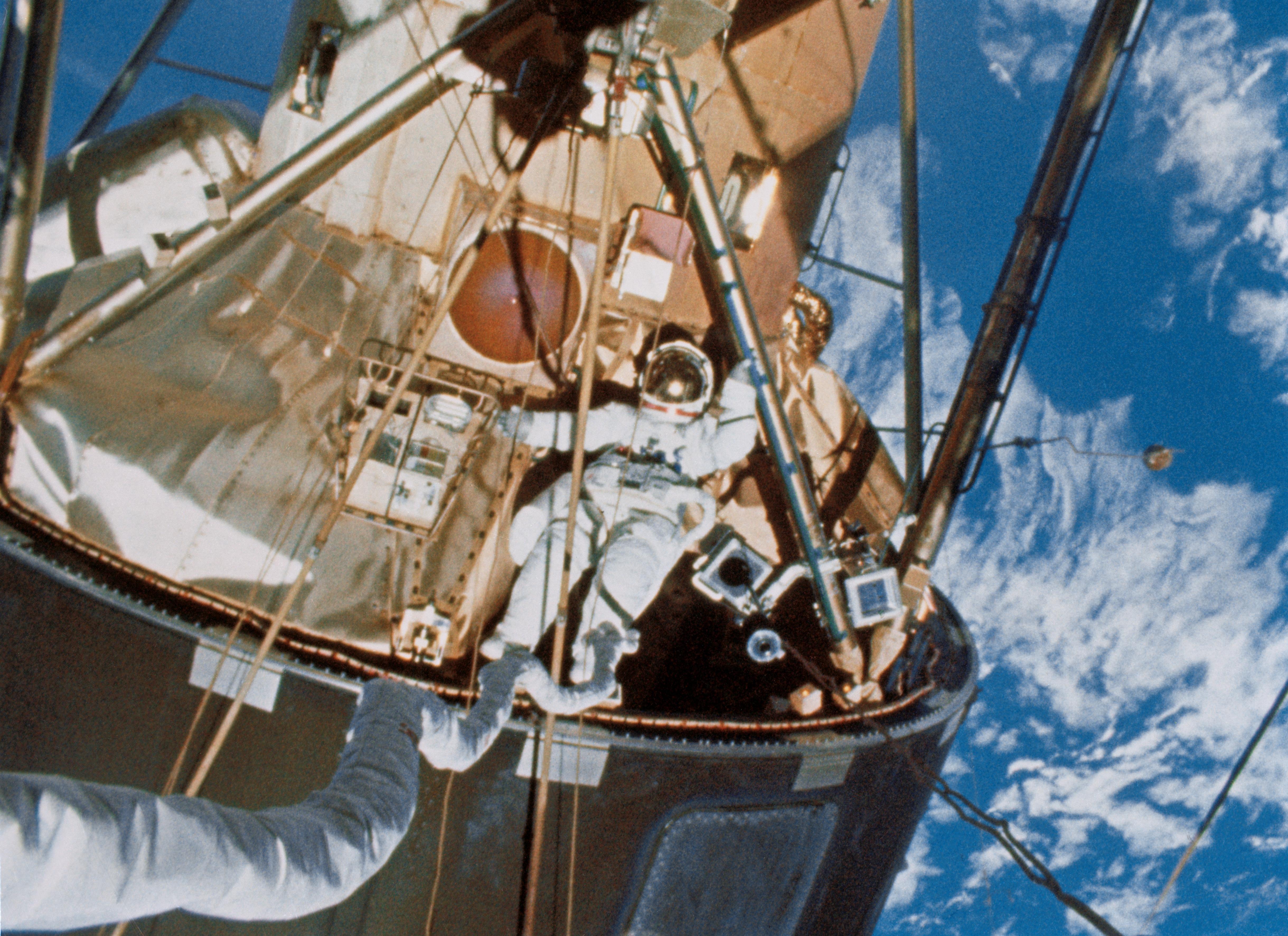September 30, 2010 Vol. 3, Issue 9
The science of networks shows us the architecture of complexity, according to mathematician Albert Laszlo Barabasi.
The language of networks has become part of our culture. Frequent fliers who have endured layovers in cities far from their final destinations know that airlines employ a hub-and-spokes network of airports. The film “Six Degrees of Separation” came out in 1993, the same year that the release of the Mosaic browser helped ignite the explosive growth of the World Wide Web. Today, of course, the web’s global ubiquity makes it the Goliath of the field.
For those seeking to understand the role of networks in a complex project-based organization, Albert Laszlo Barabasi’s 2002 book Linked: The New Science of Networks still holds up as valuable primer. Barabasi was one of the pioneers in mapping the World Wide Web. He and his colleagues found that web traffic does not follow a bell-curve distribution. Instead, highly trafficked nodes like Google and Yahoo, which serve as hubs, follow a power law distribution. This built on earlier research in network theory that reached a similar finding about citations of academic papers—a small number of papers receive an inordinate number of citations. (For what it’s worth, eight years after its release, Linked has over 2,500 scholarly citations, according to Google Scholar.) Barabasi referred to these as scale-free networks because they are ever-expanding. As more nodes join the network and link to the popular sites, the heavily connected hubs experience a “rich-get-richer” phenomenon that leads to an increasing numbers of connections.
While personal networks cannot approach the web in sheer size, some individuals stand out as highly gifted “connectors” with far more links to others than the average individual in the network. This has important implications in knowledge-based organizations seeking to understand the impact of personal dynamics on knowledge transfer.
Barabasi closed by acknowledging that network science had exposed “the fundamental laws that govern the evolution of the weblike world around us.” The next steps, he wrote, must go “beyond structure and topology and start focusing on the dynamics that take place along the links.” Networks are “only the skeleton of complexity,” he reminded readers. “To describe society we must dress the links of the social network with actual dynamical interactions between people.”
Read more about Linked: The New Science of Networks.






